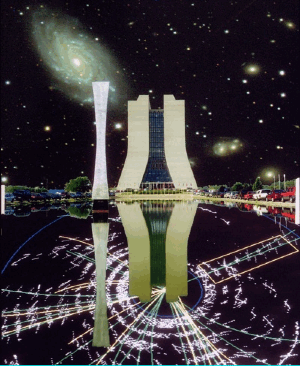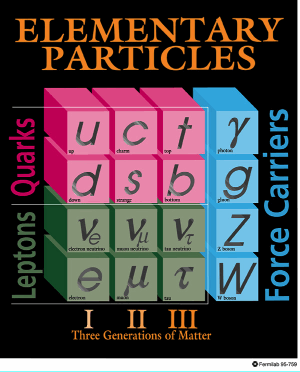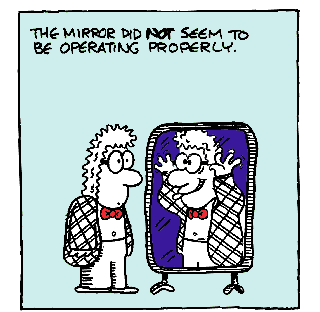| ||||||||||||||||||||||||||||
Particle Physics at JHU | ||||||||||||||||||||||||||||
 | ||||||||||||||||||||||||||||
Elementary particle physics is currently at an exciting juncture. The Standard Model has proven to be a remarkably successful description of essentially all experimental phenomena. Nevertheless, there are significant "holes" in our knowledge of the micro-physical universe: we do not know the origin of "dark matter" or "dark energy", we do not know the source of spontaneous symmetry breaking which is responsible for the origin of mass, and we have not yet found the source of CP violation that is responsible for the dominance of matter over antimatter. | ||||||||||||||||||||||||||||
We do know that there is good reason to believe that spontaneous symmetry breaking (SSB) as described by the Minimal Standard Model is unlikely to be correct/complete. The theory has unstable high energy behavior and such pathologies are an indication that new phenomena are lurking at larger mass scales. These phenomena may contribute to the mass and energy balance of the universe. Precise electroweak measurements suggest that the mass scale that plays the role of the Higgs in the theory is "light" (�less than ~200 GeV) which in turn suggests that we will find something new at the CERN Large Hadron Collider. Our experimental group is involved in the CMS Experiment that is being prepared for this exciting new facility. Our theoretical group is creating and studying many of the ideas that would lead to new things. | ||||||||||||||||||||||||||||
 | ||||||||||||||||||||||||||||
Although the Standard Model (CKM matrix) can probably accommodate the CP violation observed in the neutral K and B systems, it cannot be responsible for the matter dominance of the universe. If one assumes that the initial state of the universe did not contain an excess of matter over antimatter, then there is probably another source of CP violation waiting to be discovered. Experiments that probe the nature of CP violation have a reasonable chance of finding something new. Our group is now involved in the BaBar experiment at the SLAC PEP2 B-Factory which is already searching for discrepancies in the Standard Model description of CP violating processes. Our group in the CDF experiment at the Fermilab Tevatron is also doing significant b-physics and over the next several years it will be a major source of CP and CP-related measurements. | ||||||||||||||||||||||||||||
 | ||||||||||||||||||||||||||||
| ||||||||||||||||||||||||||||

